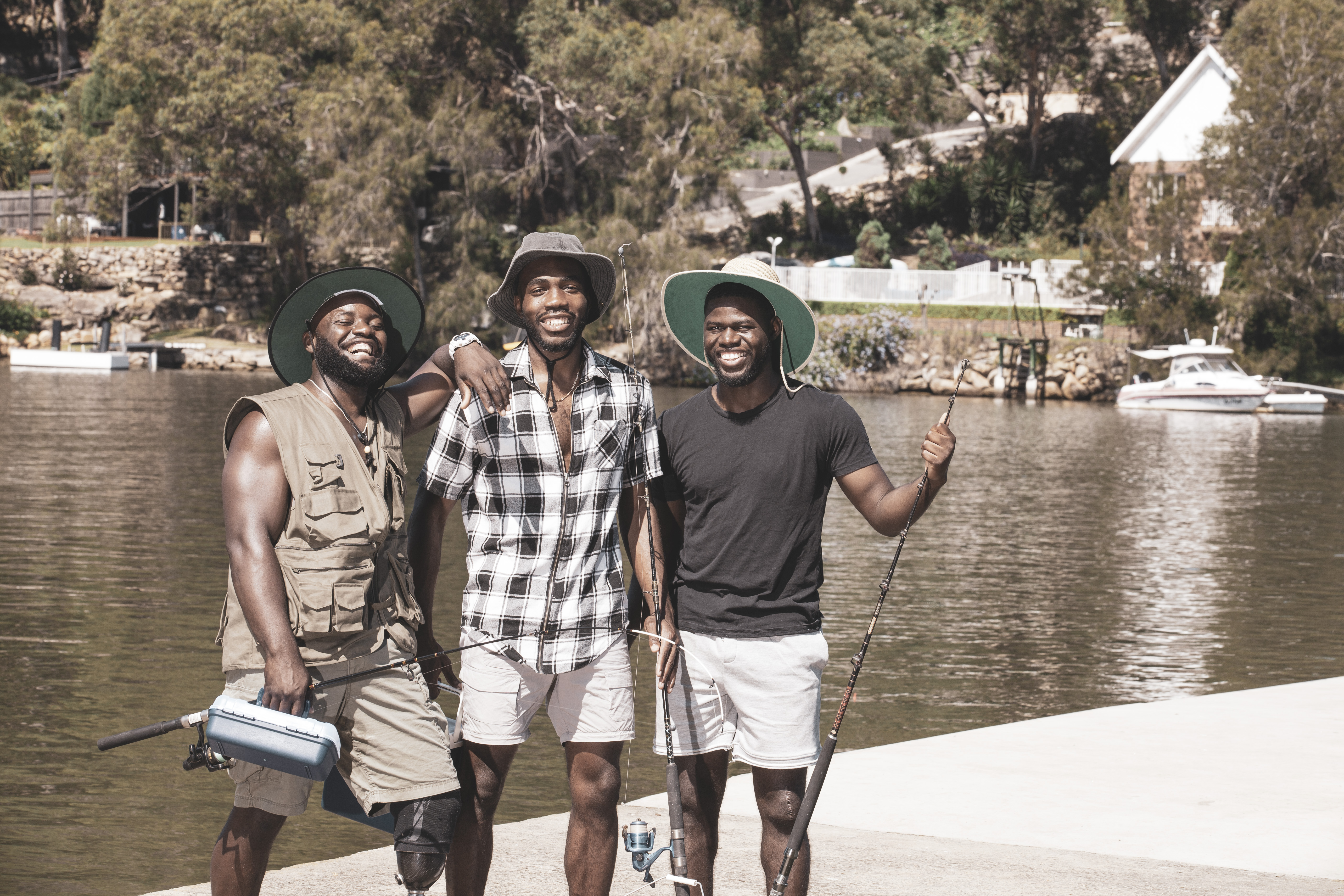Published 1 August 2024

New data released by Royal Life Saving – Australia has reinforced the importance of focusing drowning prevention efforts on multicultural communities to achieve the Australian Water Safety Strategy target of reducing drowning by half by 2030.
Over the past 10 years (2013/12 to 2022/23), 933 people drowned in Australia who were born overseas, totalling 36% of total drowning deaths. The majority were residents, and 81% were males, and 33% were aged between 18 – 34 years. China, the United Kingdom, New Zealand, India and Vietnam were the top five countries of origin. However, in the past five years, drowning deaths of people specifically from Afghanistan, Iran and Sri Lanka have increased. A major risk factor was length of time in Australia, with 36% of people having been in Australia for five years or less.
The data was collated in response to the Multicultural Water Safety workshop hosted by Royal Life Saving - Australia and Life Saving Victoria, in May.
The event brought together over 60 delegates from across Australia, including multicultural community leaders, government officials, academics, and the water safety sector. The two-day, nationally focused workshop prioritised high-level solutions for addressing drowning among Australia’s multicultural communities.
The Workshop Statement, developed by the workshop attendees, identified essential principles for guiding drowning prevention and water safety efforts that prioritise multicultural communities. These included: respectful relationships; collaboration and sharing of experiences; co-design and community consultation; genuine representation and belonging; and welcoming, accessible and equitable spaces.
Drawing from the wide range of presentations, personal stories and experience of attendees, the key takeaways identified from the workshop were:
- Fostering cross-sectoral partnerships and collaboration is required to drive community level change.
- Sustained, expanded investment (funding) is needed for the ongoing implementation of targeted programs and initiatives across Australia.
- Co-designing education campaigns and safety messages with community from the outset, what works for one community might not work for others.
- Robust communication of water safety messages need go beyond translation and signage.
- Removing barriers and providing opportunities to participation and increasing access to appropriate swimming and water safety education programs for people of all ages, from all backgrounds and abilities.
Royal Life Saving Australia CEO Justin Scarr said:
“This workshop reinforced the passion and commitment for preventing drowning among our multicultural communities. It is essential going forward that any policies, program and initiatives must be developed in consultation with communities themselves to make an impact in reducing drowning”
Read or download the Multicultural Water Safety Workshop Statement and the new drowning data report:
